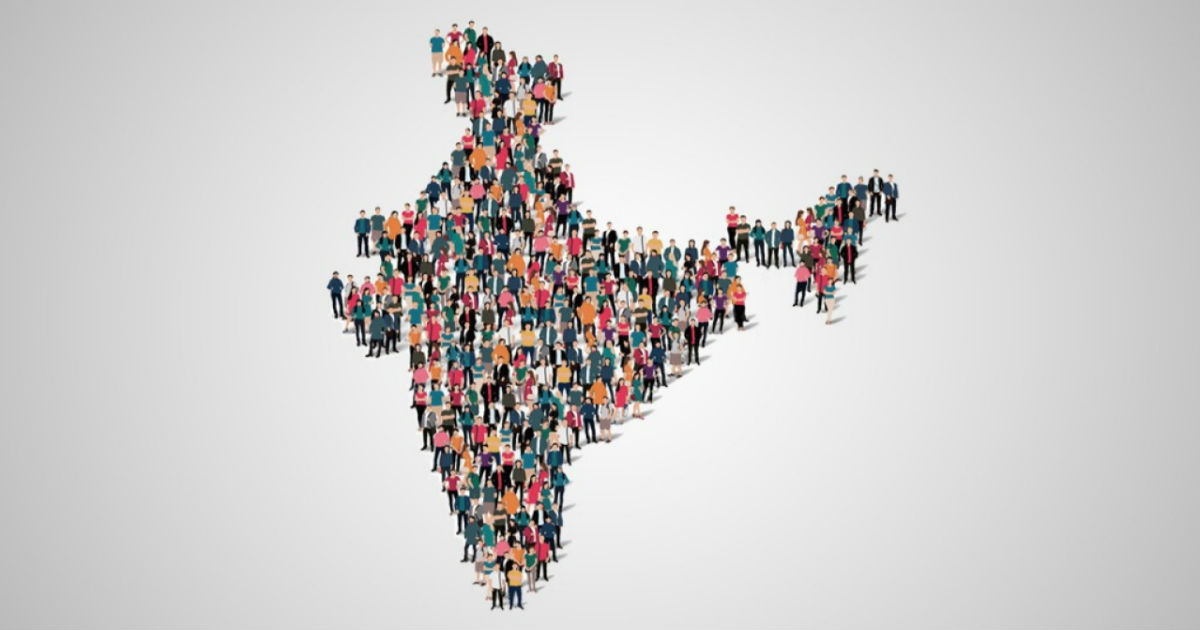Centre Notifies Census 2027: India’s First Digital and Caste-Counting Census
Related Articles
Drunk Man Beats 4-Year-Old Son to Death After Fight With Wife In UP’s Bhadohi
A heartbreaking incident has come to light from Uttar Pradesh’s Bhadohi district, where a domestic argument allegedly escalated into a fatal act of violence...
HIV ART Centre in Bihar: बिहार में एचआईवी मरीजों को बड़ी राहत, खुलेंगे पांच नए एआरटी सेंटर
HIV AIDS का इलाज होगा और बेहतर और आसान
बिहार में HIV Treatment और देखभाल व्यवस्था को मजबूत करने की दिशा में राज्य सरकार ने...
MGNREGA से महिला सशक्तिकरण की नई तस्वीर, Uttar Pradesh में 23 लाख से ज्यादा महिलाओं को मिला रोजगार
उत्तर प्रदेश में ग्रामीण रोजगार गारंटी योजना (MGNREGA) अब सिर्फ मजदूरी का जरिया नहीं, बल्कि महिला सशक्तिकरण और ग्रामीण आत्मनिर्भरता का मजबूत आधार बनती...


